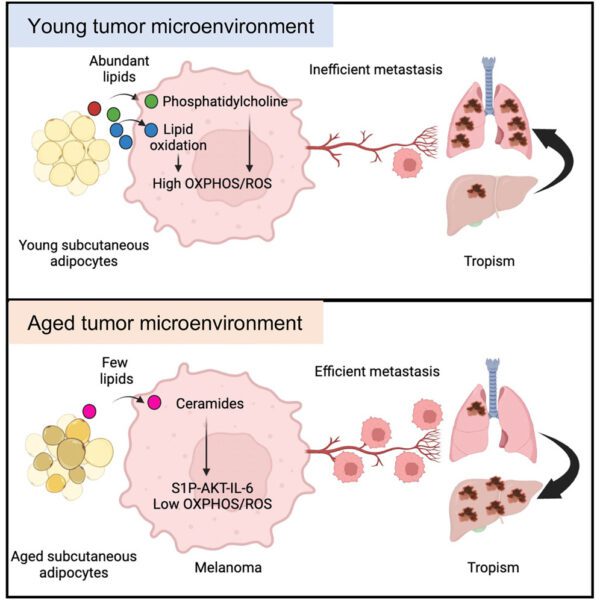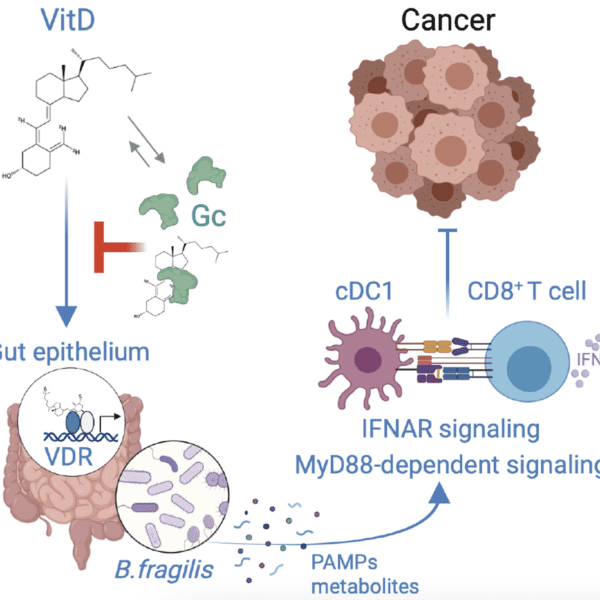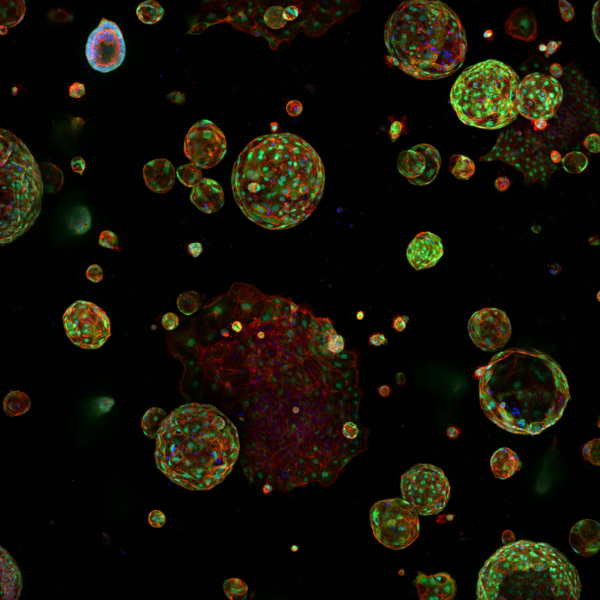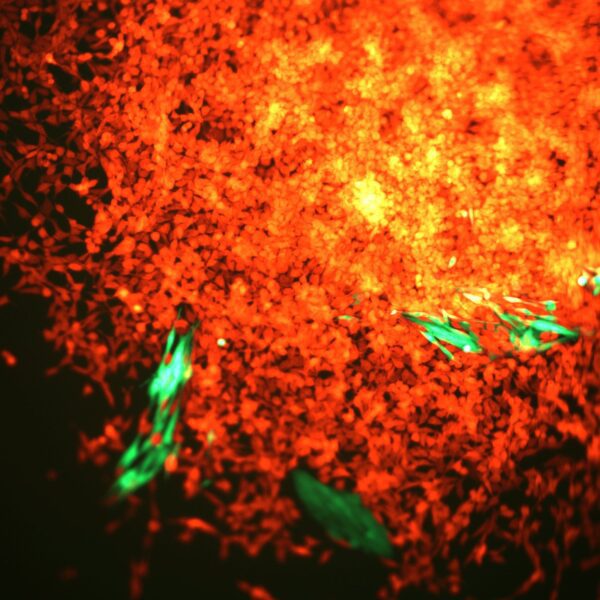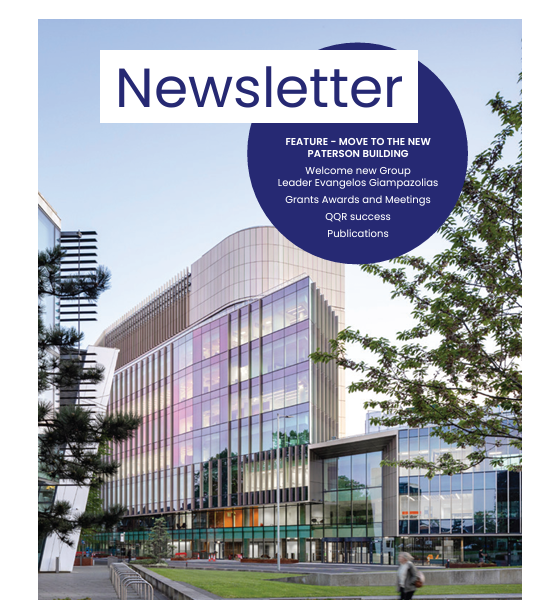Blood Cancer
Blood Cancer
Murine AGM single-cell profiling identifies a continuum of hemogenic endothelium differentiation marked by ACE
Here, the authors construct a comprehensive atlas of the endothelial-to-haematopoietic transition (EHT) continuum, as well as the subaortic niche cells in mouse embryonic aorta using a set of haemogenic endothelium (HE) reporter models.
First-in-Human Phase I Study of Iadademstat (ORY-1001): A First-in-Class Lysine-Specific Histone Demethylase 1A Inhibitor, in Relapsed or Refractory Acute Myeloid Leukemia
Morphologic response to treatment with iadademstat. (A) Representative images of blood smears showing morphologic differentiation from patient 28 (top) at screening (left) and cycle 1(C1), day 21 (D21) (right) and patient 31 (bottom) at screening (left) and C1D14 (right; two images from the same slide and patient are shown, separated by a dotted line).
Enhancer recruitment of transcription repressors RUNX1 and TLE3 by mis-expressed FOXC1 blocks differentiation in acute myeloid leukemia
• FOXC1 contributes to a monocyte-macrophage lineage differentiation block in AML • FOXC1 and RUNX1 colocalize on chromatin via interaction of their DNA binding domains • A FOXC1/RUNX1/TLE3 repressor complex limits monocyte gene enhancer activity • FOXC1 depletion in AML initiates widespread redistribution of RUNX1/TLE3 on chromatin
Targeted nanopore sequencing for the identification of ABCB1 promoter translocations in cancer.
Resistance to chemotherapy is the most common cause of treatment failure in AML and drug efflux pump ABCB1 is a critical mediator. We established an experimental system and analysis pipeline to determine whether promoter translocations account for high ABCB1 expression in cases of relapsed human AML.
Therapeutic targeting of EP300/CBP bybromodomain inhibition in hematologicmalignancies.
EP300/CBP are histone acetyltransferases recruited onto chromatin by oncogenic transcription factors and control the transcriptional program via their activity in enhancer areas. Nicosia et al. offer new promise in targeting EP300/CBP using the small-molecule inhibitor CSS1477 in patients with blood tumours and no other therapeutic options.
Annual Scientific Report 2023
This year was a significant period for our Institute as we made the long-anticipated return to the Paterson Building, our brand-new research facility on the Christie NHS Foundation Trust site. Find out how our staff continued to excel in all aspects of Institute life and reconnected with the wider scientific community within the Manchester Cancer Research Centre.
